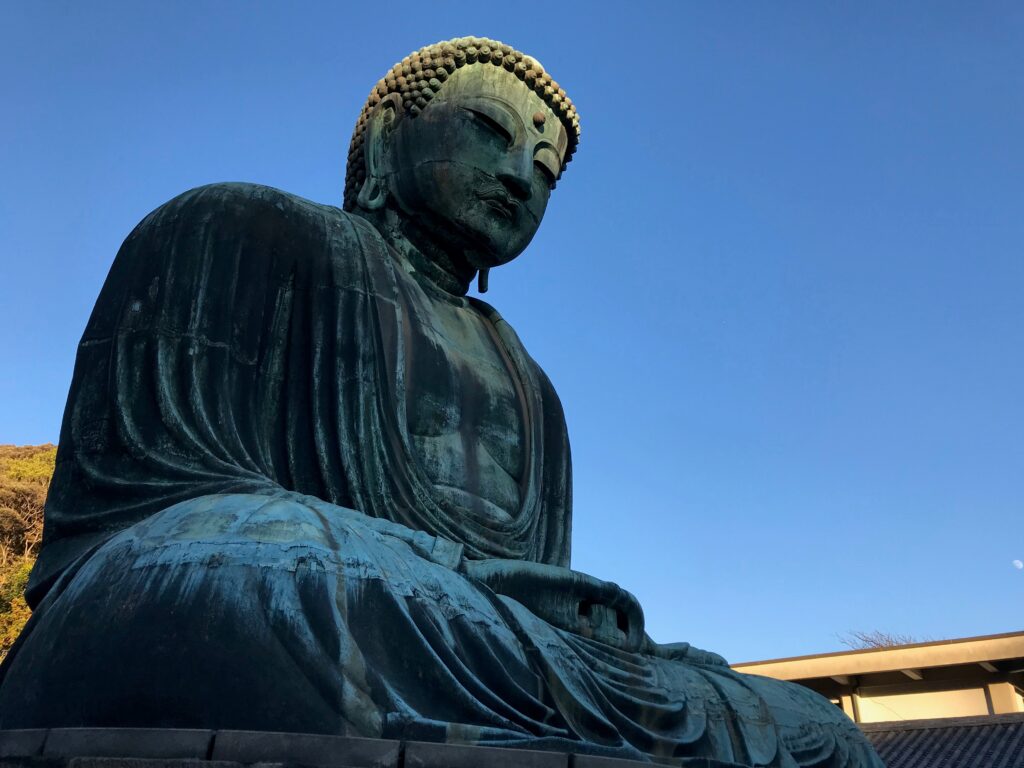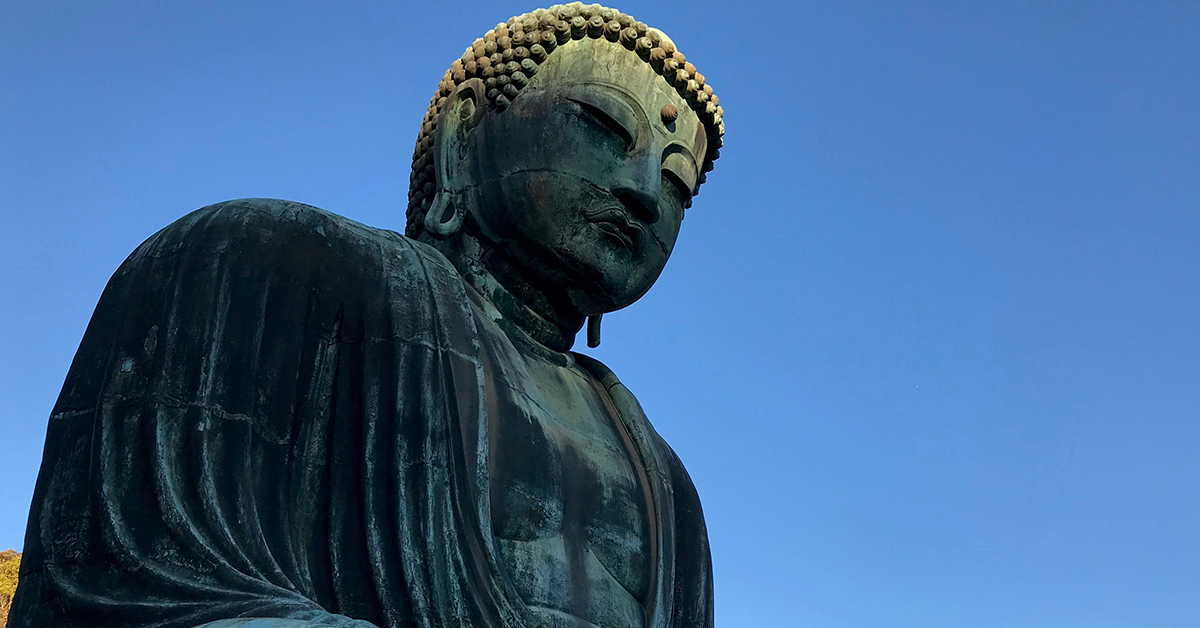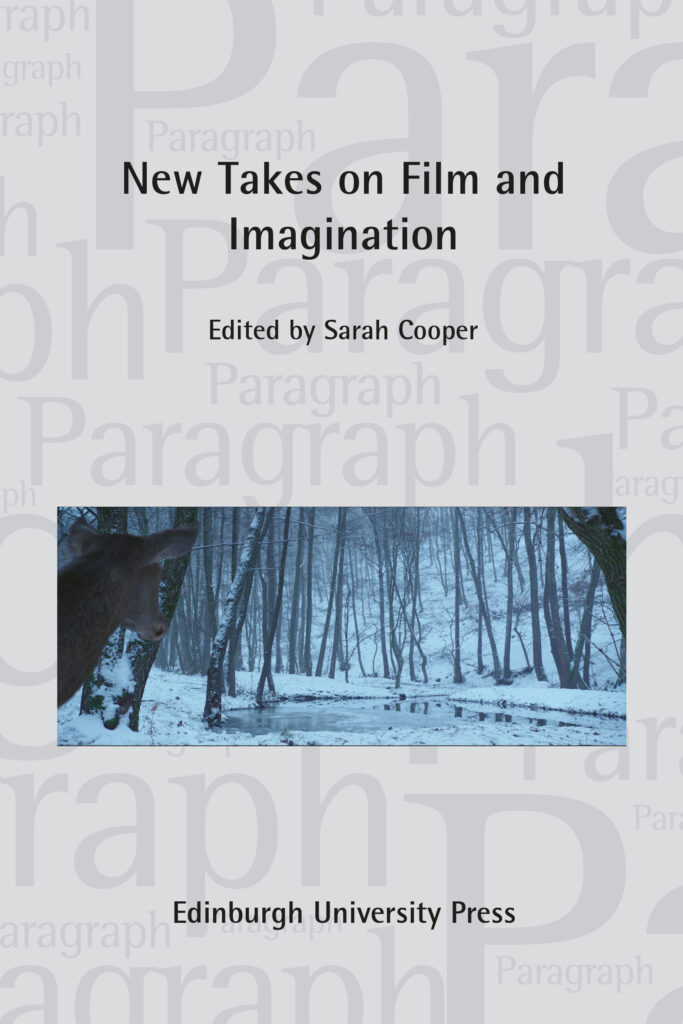
By Victor Fan
‘Cinematic Imaging and Imagining through the Lens of Buddhism’ (from the latest issue of Paragraph) is one of my ‘test drives’ for a longer and more substantial project that seeks to reconfigure film and media philosophy by introducing Buddhism into our comparative space.
In my larger project, Illuminating Reality: Cinematic Technicity-Consciousness through the Lens of Buddhism (forthcoming, University of Minnesota Press), I use Buddhist philosophy to locate the interdependency and connection between what Gilbert Simondon (1924–89) calls technicity (the principles upon which technics operate), and what Gilles Deleuze (1925–95) calls the image-consciousness.[1] Seen from Simondon’s perspective, the cinema is an anthropotechnical milieu constituted by technicity. In such a milieu, the image as an embodied experience is a form among many others. Seen from Deleuze’s point of view, the cinematographic image as a consciousness. Although we can say that Simondon and Deleuze offer a parallax view on how the cinema operates, how they are put into operation remains unanswered in their respective works. This is where Buddhism can intervene and offer us an answer.
For Buddhist philosophers, all forms are empty of existential values. This is because forms are not originated from an essence or self-nature. Rather, they are dependently originated and extinguished, from one moment to another, out of a layout or assemblage of causes and conditions. In this light, imaging, which is a corporeal process of constituting a milieu that includes the body itself and the so-called ‘external’ forms, appears to be a process of becoming that is actual and existent. Buddhist philosophers do not deny that. Yet, they remind us that such a process of actualisation and rendering something existent is an instantiation and manifestation of a layout of interdependent conditions (potentialities). In this sense, this imaging as a process and the image itself are empty of existential value. Thus, imaging and imagining are neither the same nor different, neither not the sane, nor not different. The process of becoming itself is referred to as a consciousness, whereas the emptiness or pure relationalities that constitute the process is referred to as technicity.[2]

My larger project on Buddhism and film and media philosophy does require us to think through what it means by Asia as method. Chen Kuan-hsing, Aaron Gerow, and Sheldon Lu have pointed out that grafting Asian theory and philosophy onto the canonised and prescriptive Euro-American epistemic space often risks reducing Asian knowledge as a technology of recognition: that it merely confirms the universality and superiority of Euro-American method and knowledge. It also risks canonising a body of knowledge generated from Asia in the same manner once conducted by Euro-American establishments.[3] However, as I pointed out elsewhere, if we simply insist that Asian knowledge can only be studied and applied within its specific historical and socio-cultural contexts, we are reaffirming the colonial position that Asian and Euro-American epistemes are fundamentally incommensurable.[4]
I do not address this question in my article in Paragraph. However, this issue is going to be addressed by my book-length discussion. There is no easy answer to this problem. Buddhism has never been purely ‘Asian’. In fact, what does it even mean by ‘Asian’, when Buddhism, as a method, has gone through centuries of productive mistranslations from one language and cultural sphere to another? Meanwhile, what Simondon and Deleuze propose are not purely ‘European’, for what they seek to conceptualise––cinema and media––have long gone through processes of mistranslations on their own. In my book, I therefore propose that the task of a comparatist is precisely to locate, tease out, and repurpose the mistranslations between these comparative spaces as productions. Through productive mistranslations and analysing the process of their productions, we are not only treating these concepts from Asia as legacies or historical remnants, but as active discourses that can teach us how the difference between commensurability and incommensurability has in fact concealed the very technicity of our own epistemic blind spot.
Notes
[1] Gilles Deleuze, Cinéma 1. L’image-mouvement (1983; repr., Paris: Éditions de Minuit, 2015); Cinéma 2. L’image-temps (1985; repr. Paris: Éditions de Minuit, 2017); Gilbert Simondon, Du mode d’existence des objets techniques (1958; repr., Paris: Éditions Aubier, 2012); L’individuation psychique et collective (1989; repr., Paris: Aubier, 2007).
[2] See, for example, Fyodor Stcherbatsky, Buddhist Logic [1930–32] (1993; repr., Delhi: Motilal Banarsidass Publishers, 2008).
[3] Chen Kuan-hsing, Asia as Method: Toward Deimperialization (Durham, NC.: Duke University Press, 2010); Aaron Gerow, ‘Introduction: The Theory Complex’, in Decentering Theory: Reconsidering the History of Japanese Film Theory, Review of Japanese Culture and Society, no. 22 (December 2010): 1–13; Sheldon H. Lu, ‘Agitation or Deep Focus?: Early Chinese Film History and Theory’, Harvard Journal of Asiatic Studies 76, nos. 1 and 2 (2016): 205–07.
[4] Victor Fan, Cinema Approaching Reality: Locating Chinese Film Theory (Minneapolis: University of Minnesota Press, 2015), 1–8 and 17–36.
Paragraph is a leading journal in modern critical theory, exploring critical theory in general and its application to literature, other arts, including film and visual culture, and society. Regular special issues by esteemed guest editors highlight important themes and figures in modern critical theory, such as Bourdieu, queer theory, religion and film, André Bazin, Francophone communities and more.
New Takes on Film and Imagination is a special issue-as-a-book, and brings together an international range of film scholars whose current research engages with contrasting theoretical and philosophical approaches to imagination. Purchase a copy of the special issue, or find out how to subscribe to the journal.






